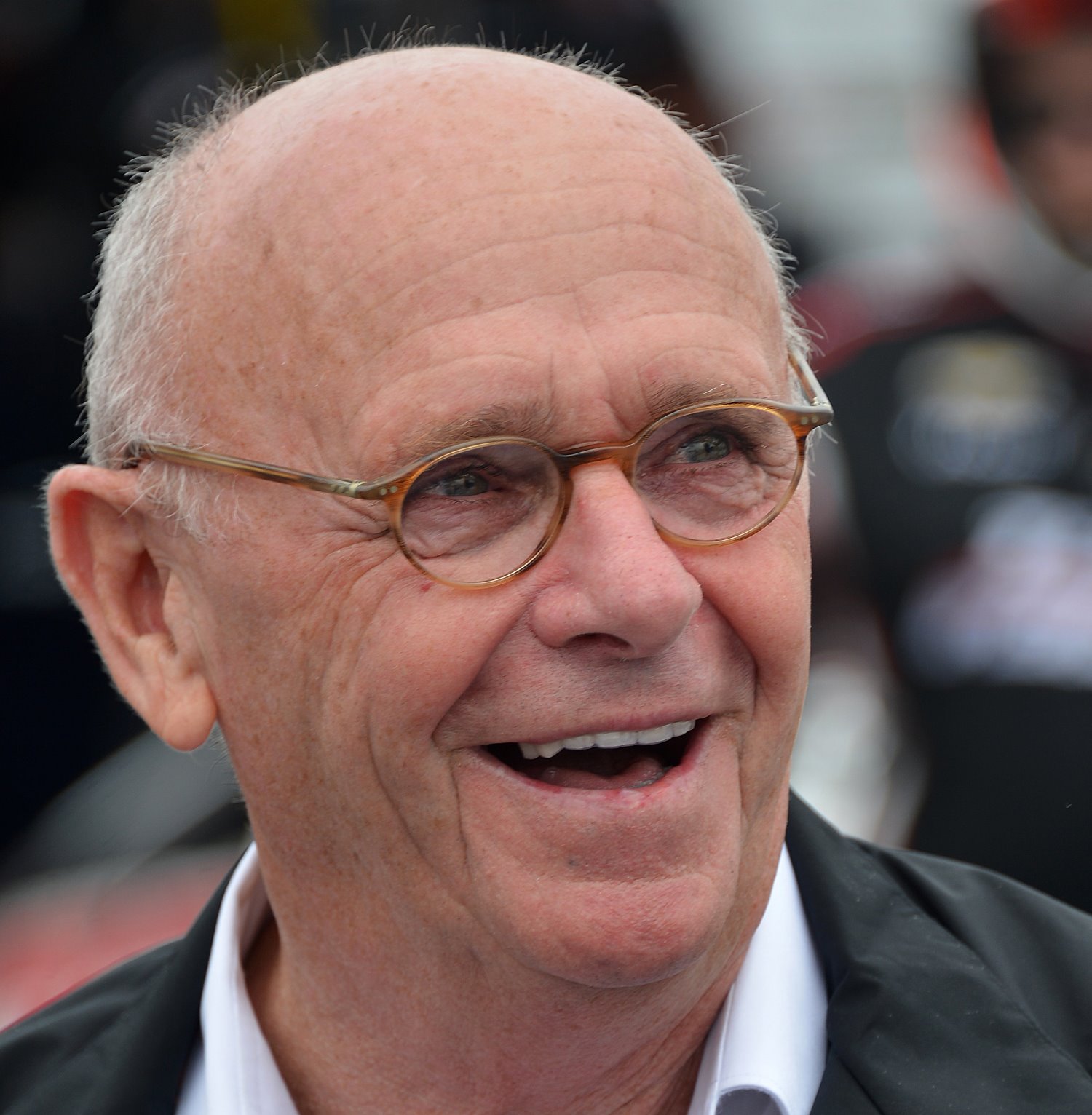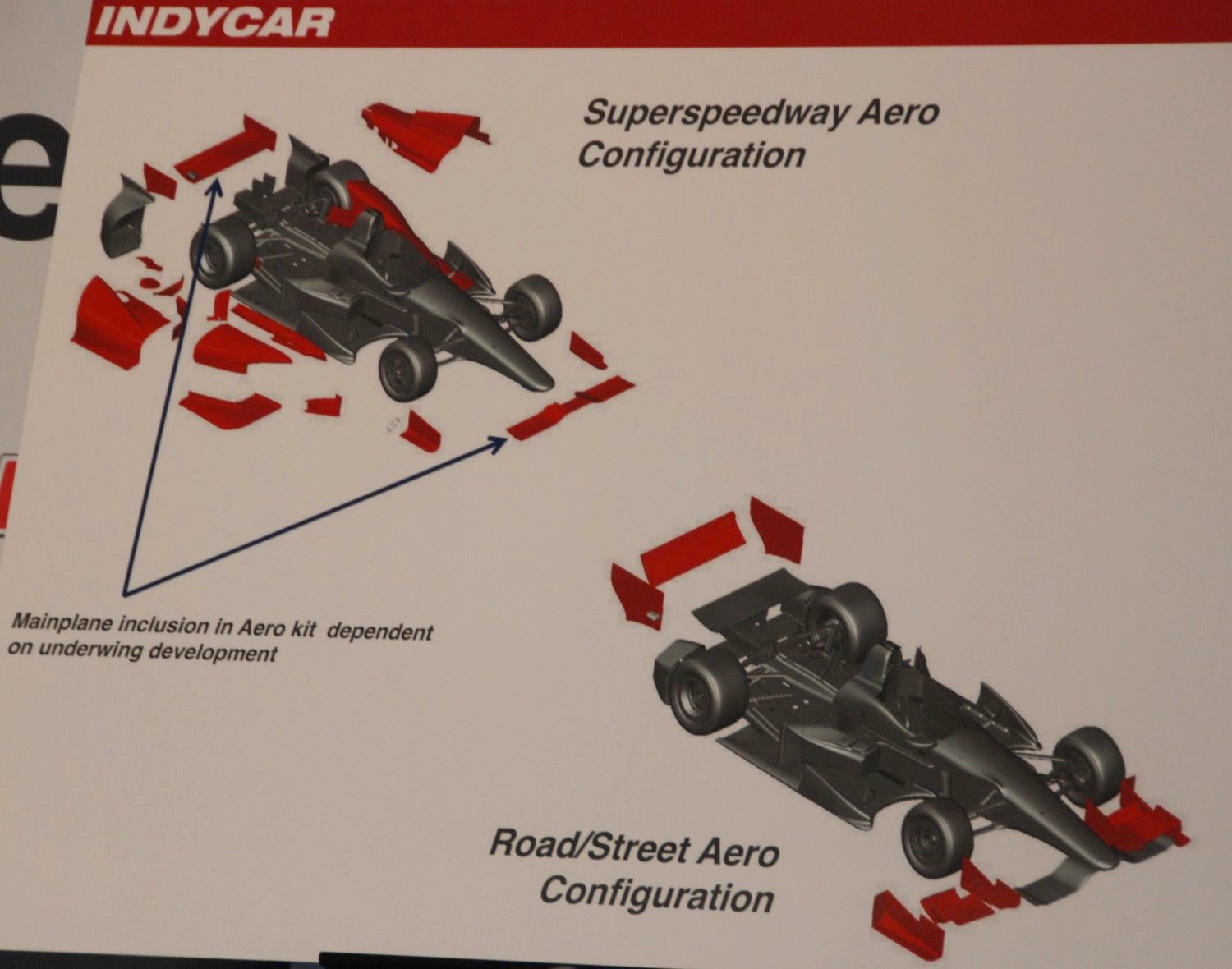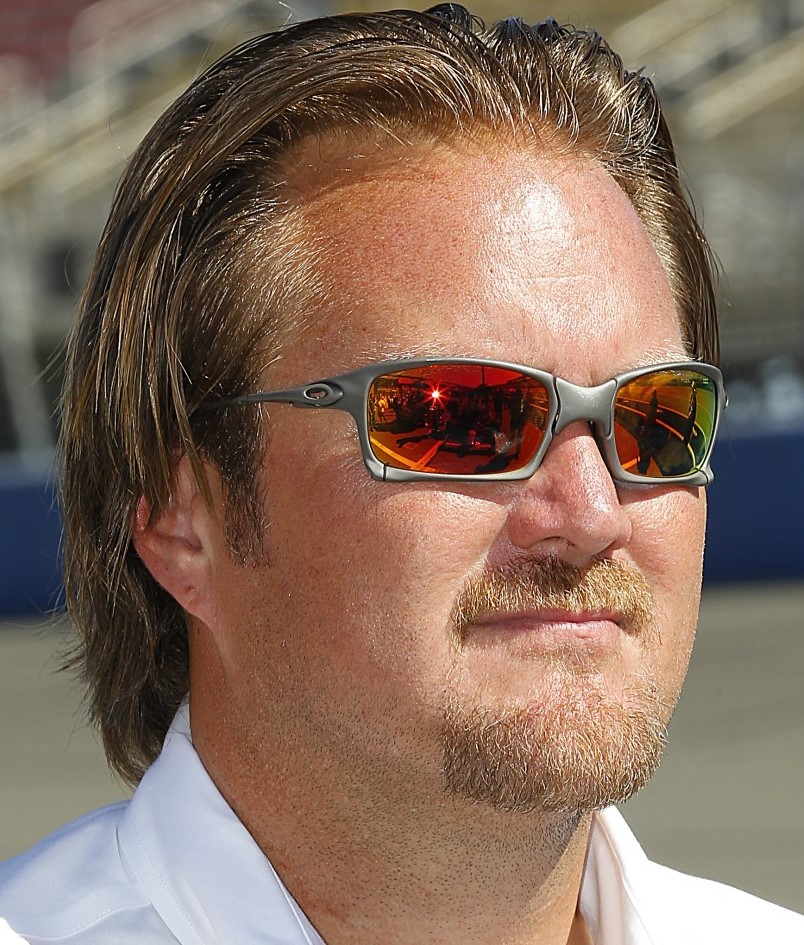Q & A with IndyCar’s Derrick Walker
 |
| Derrick Walker |
A record-tying 11 different race winners, a first-time driver champion and 18 thrilling races as part of the most diverse schedule in motorsports were among the hallmarks of the 2014 Verizon IndyCar Series season.
Following a brief break, teams are gearing up for offseason testing (the window opened Sept. 16) that includes Chevrolet and Honda designed aerodynamic bodywork pieces for ovals and road/street circuits that will be introduced March 27-29, 2015, at the Firestone Grand Prix of St. Petersburg.
INDYCAR president of competition and operations Derrick Walker addresses four topics in a season review and 2015 projection:
As a "State of the Sport" snapshot at the completion of your first full season, what is one objective achieved you'd highlight and one area that needs further work?
"The achievements of this last year are not very spectacular or romantic in their description because they mainly were procedural, such as developing a procedure for inspecting the tracks before we get there, making recommendations to the promoters on safety issues, the re-forming of the safety committee, the development of the new qualifying rules for the Indy 500 and the introduction of the new Race Control procedure.
"For all of us on the inside, the amount of detail that goes into those items is quite considerable, so when you look back on the year and ask what did we accomplish what sticks out to me is a lot of the things we identified that we needed to do better on we have improved. Though all are still a work in progress, the momentum we have from this year is probably the highlight.
"Other procedural items, which again are not dynamic change, are rolling over into next year. Only in hindsight of multiple years you'll say it's better or getting better or however it's judged. The cornerstones have been laid this year. Collectively, in competition and operations, we have at least a hundred item list to do for next year. Some of it is ongoing and continuous updates and some is room for improvement. The good news is we have a list; you're halfway there if you have a list."
 |
| Aero kits will debut in 2015. |
With the Chevrolet and Honda aero kits being introduced in 2015, what will they bring to the competition and correspondingly what will be INDYCAR's challenge(s)?
"When we said we were going to have aero kits for 2015 the response from teams was ‘OK, we're doing it so let's get on with it.' The benefits are it is about the fans. The sport is about stars and cars – stars being gladiators who drive these race cars. They are personalities — smart and articulate and engaging. And if we say the cars are not a big part of it then I say we're racing speedboats or something else. The cars have to be dynamic and creative; they have to be individuals. I think there is still room for interesting and creative ideas in a spec world. People will be more interested, I think, in looking at our cars, where we have different shapes and sounds ultimately.
"In looking at today's reality, which is a financially constrained environment, to be able to expand and introduce creativity and performance and branding is a bold move but a necessary one that we opened up the design of the car. Instead of us saying anybody can make whatever they want and come race here and go back to the old days when a car was obsolete after a year, we had to find a new way of doing it. The new way in today's world is developing parts of the car and not the whole car. That's what aero kits are in a cost-effective way. A Honda will look like a Honda version and a Chevy will look like a Chevy. Hopefully, there will be more to come with more interesting shapes. There is lots of upside with branding and performance just because we've taken off the shackles.
"How much performance we need and should want is a regulatory challenge. Aero kits will challenge us to regulate and manage speed and safety. It will challenge us to manage the cost escalation to the teams. So it is going to be a considerable price we'll have to pay, which is working 10 times harder to make sure we're keeping up with it and it does what it is supposed to do and not give us some unintended consequences."
 |
| INDYCAR Race Control will look different in 2015 with the departure of Beaux Barfield. |
In the three-steward system in Race Control initiated in 2014, is a designated race director necessary moving forward?
"We introduced the system of how Race Control would be formulated and run and talked with the drivers and team owners about a three-steward system. We didn't change the stewards out as much as I would have liked, but we did it that way to manage some of the new equipment we added top Race Control. Now it's not just the one guy with the bulls-eye on his back; it is a jury system as opposed to a dictatorship. The trouble with dictatorships is it is very much a singular view. No matter what rules we write, the interpretation of the ruling is interpreted by one individual. It's not all bad, but it is a system that I thought was not necessary here. I took a lot of time looking at how other racing series were set up, and we did a version of the Formula One system. The original intent was that the stewards would be independent and would do nothing but stewarding and the Race Director was a standalone person. He is the team manager.
"It worked out the way it did this year because we didn't want to change everything all at once so the race director also was the chief steward. We bundled it in that way because we had a number of new things that we had to make sure we understood how they worked and would work for us. As we look at the new year, we'll continue with the evolution that we started a year ago, which the best form of governance for Race Control/competitors is, I believe, the jury system.
"The race director's role is running the race. He doesn't necessarily have to do double duty and look at multiple replays and make a call while the race is going on. We're continuing to interview, regardless of what's happened with the race director, new stewards to come on board. The ones who came on board this year worked out very well and there are a few others that are of interest. Formula One changes their FIA representative and driver steward every race. We want more consistency in multiple races from our stewards; we don't need a revolving door.
"The part that's missed in all of this is the rulebook is written that these are the rules we race with, and whether you're the dictator or you're the jury member your job is to fully understand the rules and look at an incident and offer a judgment as to whether you thought that competitor or competitors broke those rules based on the way the rule was intended and not your own interpretation of what the rule should be. A good example is blocking. If the definition is in the rulebook, you're really asking the stewards to look at it and say ‘In my judgment, that rule was or was not broken.' It shouldn't be ‘Here's what I think blocking should mean.' If you get several generations of drivers and ask they what does blocking mean you'll get multiple interpretations. You're asking the steward to understand the intent of the rule, know the circumstances and environment and judge whether he broke the rule or not. That's what the governance is all about. It should be less about people and more about procedures. The job of an official is to be seen but not heard; we should be just the conduit that makes it work."
As INDYCAR moves forward in conjunction with the 2021 plan you laid out at Detroit in June 2013, what are one or two of the areas that need the most attention in 2015-16?
"There has been attraction and progress on a number of fronts in INDYCAR this year in competition and operations, which has energized the people that are looking at what we're doing. But I don't think we've accomplished enough to move the pointer to get some of the meat on the bone that we need to get. I don't think there is any shortage of people who want to get involved in our series, but I think there is still a wait-and-see look. I think it's all about how much money they can raise, and that is driven by the fan base.
"We've lifted the bar but we have a long way to go and only when we do that will we see a sizable rise in the tide in the level of interest on the part of team owners, engine manufacturers and commercial partners. That is our mission. I think we're off to a good start."
INDYCAR PR
